Strachey’s List is my list of the most acclaimed, consequential, and influential titles of all time. There is a max limit of 20 games per year. As always, this is all my opinion and research. The list is named after Christopher Strachey, the first video game developer.
Adventure Island
September 12, 1986 - Hudson Soft
Key People: Fumihiko Itagaki
Composer: Jun Chikuma
In this game, you take control of Master Higgins, a young man out to save Princess Tina from a witch. You collect items and journey through 32 levels and bosses. It was one of the successful early 8-bit era platformers. The game also spawned a manga, an anime, and would go on to receive multiple sequels. Initially, the game was an adaptation of the arcade game Wonder Boy (you’ll see this one later), but it became its own series.
Alex Kidd in Miracle World
November 1, 1986 - Sega
Key People: Kotaro Hayashida
Composer: Tokuhiko Uwabo
Martial artist Alex Kidd learns he’s the lost son of the King and sets out to take back the kingdom and save his brother and his brother’s fiancée from Janken the Great. You’ll use your punch to break through obstacles and take out enemies in 17 stages. You also collect money that can be used on vehicles to aid you in your quest. Alex Kidd would go on to be used as Sega’s Mario mascot competitor for their Master System console. It went on to be included in many Sega classics collections and got a remake in 2021 as Alex Kidd in Miracle World DX.
Bubble Bobble
September 1986 - Taito / Romstar / Electrocoin
Key People: Fukio Mitsuji
Composer: Tadashi Kimijima
A platformer that has a unique mechanic where players blow bubbles to trap their enemies, Bubble Bobble would go on to become a classic 8-bit era title. The game follows Brothers Bub and Bob, two dragons, who must rescue their girlfriends. While the single-player campaign did a good job keeping gamers happy with the addition of special items and abilities as you progress to keep the game fresh, it was the multiplayer that the game excelled in. Bubble Bobble has been featured several times during the 90s in the greatest video game lists. It was the start of a new franchise and has also received several re-releases, being seen as one of the faces of the 8-bit classic gaming era.
Castlevania / Vampire Killer
September 26, 1986 - Konami
Director / Producer: Hitoshi Akamatsu, Akihiko Nagata, Nobuhiro Matsuoka
Composer: Kinuyo Yamashita, Satoe Terashima
Count Dracula has returned, and once again, a Belmont rises to the challenge to defeat him. You enter Dracula’s castle and fight against monsters and bosses with your weapons, specifically your whip. Something most people don’t know is that the game was released in two versions: the infamous Castlevania and Vampire Killer. Castlevania plays more linearly in stages, and Vampire Killer has a more maze-like structure, closer to the gameplay style the series would adopt later. I’ve decided to combine both games into one entry in the list, as they share the same story and many of the same structures. Either way, Castlevania would go on to help establish a genre called Metroidvania, characterized by games with large areas that require backtracking to open new areas and collect weapons. The series would go on to be one of the major franchises of the 2D and 3D era of console gaming, with multiple hits.
Dragon Quest (Dragon Warrior)
May 27, 1986 - Enix / Chunsoft / Nintendo
Key People: Koichi Nakamura, Yukinobu Chida, Yuji Horii
Composer: Koichi Sugiyama
In the kingdom of Alefgard, a young hero seeks to rid the kingdom of the darkness that has enveloped it as the Dragonlord has kidnapped the princess. An RPG, the game features an open world where players can roam and gain experience points to tackle dungeons and more challenging monsters. You can meet multiple side characters, and while you can save the princess, there’s a chance you won’t even meet her. At the time, it was a revolutionary game that showcased the best of the turn-based RPG titles of the era. This would be the first game in a now legendary game series that has only become increasingly popular. The series would become known for its artwork, drawn by none other than Akira Toriyama.
Fantasy Zone
March 28, 1986 - Sega
Key People: Yoji Ishii
Composer: Hiroshi Kawaguchi
You play as a sentient spaceship named Opa-Opa, fighting off an invasion. You upgrade your weapons the more you play. It’s a unique take on the scrolling shooter genre due to its more “cute” and animated art style and graphics. It quickly became a hit in the Japanese arcade market, and its console ports all got great critical acclaim. The fun and stylized shooter would become a series for the 2D era.
Kid Icarus
December 19, 1986 - Nintendo / Tose
Key People: Satoru Okada, Gunpei Yokoi, Makoto Kano
Composer: Hirokazu "Hip" Tanaka
Pit, an angel of Angel Land, goes on a journey to save the goddess Palutena from Medusa. Pit goes through various stages and takes on bosses in what is primarily a platformer. Still, the game also features a good amount of level variety, experimenting with different ideas. There are five different endings, which are determined by how well you do in the game. At the time of release, it got mixed reviews but went on to become a cult classic, especially among Nintendo fans. Thanks to this cult status, the game would eventually receive a Game Boy sequel and a Nintendo 3DS entry after Super Smash Bros. Melee’s trophies helped it gain recognition among modern gamers.
Labyrinth: The Computer Game
November 1986 - Activision / Lucasfilm Games
Key People: David Fox, Douglas Adams
Composer: Russell Lieblich
From George Lucas’ new video game company, Lucasfilm Games released Labyrinth: The Computer Game to coincide with the release of the film. The game followed the plot of the movie and had you navigate through a maze, overcoming obstacles primarily by solving puzzles. The game used the scroll wheel to select the text command, rather than the type-to-text command that many of its predecessors in the genre employed. In a twist, the game was more successful than the movie's box office release, which would gain its legacy thanks to Millennials growing up with it on VHS and TV. The game’s success brought respect to the LucasFilm games brand, which would later evolve into LucasArts and produce many more successful titles.
Metroid
August 6, 1986 - Nintendo / Intelligent Systems
Key People: Satoru Okada, Gunpei Yokoi, Makoto Kano
Composer: Hirokazu "Hip" Tanaka
In the year 20X5, the Space Federation is dealing with Space Pirates who are researching the life-sucking organisms known as Metroids. The federation sends a bounty hunter named Samus to infiltrate their defense and destroy Mother Brain, the biomechanical leader of the pirates. The other half of the Metroidvania genre origins, Metroid, has you explore through caverns and Planet Zebes while upgrading your arsenal and unlocking new areas. Samus must battle Space Pirates and boss encounters against Kraid and her soon-to-be series nemesis, Ridley. Metroid would provide one of the first “OMG” moments in the industry as the game implies you are playing as a typical male badass, but the ending reveals that Samus Aran is, in fact, a woman. Samus would go on to become one of the first female icons in video games, and the Metroid series just so happens to be my personal favorite video game franchise.
Might and Magic Book One: Secret of the Inner Sanctum
1986 - New World Computing
Key People: Jon Van Caneghem, Michaela Van Caneghem
Composer: Masaharu Iwata
A Western RPG adventure, this game would be the first in the popular Might and Magic series. You set off on a quest to find the Inner Sanctum and deal with the usual medieval monsters and enemies in the world of Varn. Unlike most Western RPGs of the time, it uses a first-person view. The combat is turn-based, and it uses spell mechanics to use magic. It received high critical acclaim for its non-linear structure and unique mechanics, as well as what felt like an endless game. It has gone on to make it to several greatest games of all time lists and has been influential to many future developers.
Mind Walker
1986 - Commodore / Synapse Software
Designer and Compsoser: Bill Williams
Created by Bill Williams, Mind Walker has the player go inside a human brain to heal a patient from psychosis, with much of the game inspired by psychology. The game offers a diverse range of levels, each playing differently, with a mix of thinking puzzles, navigation challenges, and enemy attacks. The game received mixed reviews, but is recognized today as one of the first “art” video games, as it is a video game about psychology when you think about it. Bill Williams would go on to work on more video games before retiring due to his cystic fibrosis and becoming a theologian.
OutRun
September 1986 - Sega / U.S. Gold
Key People: Yu Suzuki
Composer: Hiroshi Kawaguchi
Another classic hit from Sega’s Yu Suzuki, OutRun, demonstrated that racing video games could still be both successful and enjoyable. It uses a near-3D perspective in third-person as you race your car through a tropical and beautiful setting, while avoiding obstacles to reach the finish line. The perspective of the road is intentionally designed to make it harder for the player to see curves and dips ahead. OutRun was a huge hit, especially in the Japanese arcade market. For a while, it was Sega’s best selling arcade cabinet before Virtua Fighter. The North American release was just as successful, and it won the 1987 Golden Joystick Game of the Year. It has been cited as inspiration for future arcade racers, such as Forza Horizon, Test Drive, and Need for Speed.
Rampage
August 1986 - Bally Midway / Sega / Data East / Activision
Key People: Brian Colin, Jeff Nauman
Composer: Michael Bartlow
Three humans who were exposed to experiments or radiation are transformed into three giant monsters: George the gorilla, Ralph the werewolf, and Lizzie the reptile. You take control of one of these Kaiju-like creatures and basically do everything to destroy the cities across North America. Simple, yet effective, as it was a success in the arcades. The game’s cheesy and spoof-like nature, reminiscent of giant monster films, led to many fond memories for early gamers of the time, and it launched a franchise that eventually culminated in a 2018 film starring Dwayne “The Rock” Johnson.
Starflight
August 15, 1986 - Electronic Arts / Binary Systems
Key People: Greg Johnson
Composer: Jeff Lubeck
One of the first sandbox games, Starflight, allows players to command a ship, enabling them to essentially go anywhere they want and engage in activities such as negotiating alien treaties, mining, or fighting other ships. The plot slowly reveals itself as the game begins to feel like a science fiction space opera. The game went on to become a million seller and was praised by multiple gaming publications of the time as an epic sci-fi game. Space exploration was the one thing most of the media fell in love with, with some even going as far as to call it the Star Wars of video games. It went on to be the main inspiration for the future sci-fi epic Mass Effect.
Super Mario Bros. 2 (Super Mario Bros: The Lost Levels)
June 3, 1986 - Nintendo
Key People: Shigeru Miyamoto, Takashi Tezuka
Composer: Koji Kondo
Released exclusively in Japan, Super Mario Bros. 2 was intentionally designed by Shigeru Miyamoto to be significantly more challenging than the original game, targeting experienced players. However, Miyamoto has gone on to say that he regrets how hard he made it, as he realized it was more of a pro-level experience and wasn’t a true sequel that built upon the original Super Mario Bros., something he would rectify in the third entry. The game was released in North America thanks to the Super Mario All-Stars remake. It was titled Super Mario Bros: The Lost Levels, as Nintendo of America released their take on Mario 2. Today, the game is infamous for its challenging levels and is seen as a challenge for fans of 2D Mario.
The Legend of Zelda
February 21, 1986 - Nintendo
Key People: Shigeru Miyamoto, Takashi Tezuka, Keiji Terui
Composer: Koji Kondo
The adventure game that set the standard for 2D era adventure titles, The Legend of Zelda, would become Miyamoto’s second most famous creation. The game introduces us to the young hero Link, who sets out to put the Triforce back together and save Princess Zelda from the pig-like monster Ganon. The game allows the player to explore Hyrule with complete freedom to choose where they want to go. As you explore, you’ll upgrade your weapons and unlock secrets as you traverse dungeons and take on bosses. The game introduced the world to Hyrule, Zelda, Link, Ganon, and so many more memorable and iconic Nintendo characters and game formulas. The series has gone on to become one of the most revered in gaming, and is going to make multiple appearances in future Strachey’s Game Lists.
It also happens to have the story that cements Koji Kondō as one of the best video game composers of all time, as the song he planned to use for the overworld Hyrule theme ended up being licensed, something he didn’t realize until the final day of the deadline. So with no time literally left, he stayed up through the night, and he put together the iconic Legend of Zelda theme.
Trinity
May 9, 1986 - Infocom
Key People: Brian Moriarty
You’re sucked into a weird world that has you go through historical and fictional nuclear detonations in one of the more unique video games ever released. The game’s plot is a message on the nuclear bomb and war. Despite being different from most games, it has gone on to have a relatively good legacy. It’s a game that’s seen as an “artful” project and has made numerous lists of greatest games.
Wonder Boy
April 12, 1986 - Sega / Escape / Activision
Designer and Composer: Ryuichi Nishizawa
Wonder Boy, a tribal boy has to go on an adventure when his girlfriend Tina in kidnapped in this classic platformer. Like early platformers that Super Mario Bros. made famous, it includes multiple power-ups and end stage bosses. The game is part of the classic 8-0it era platformers that would dominate the NES/Master System years as modern console gaming set precedents. It’s gone on to receive multiple ports and been part of multiple collection sets.
Be Nice to All

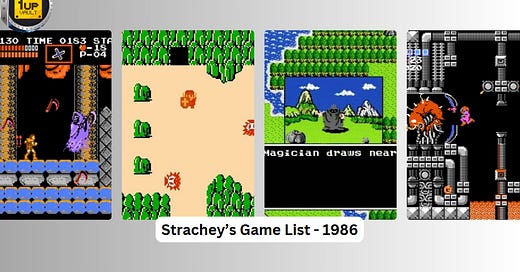



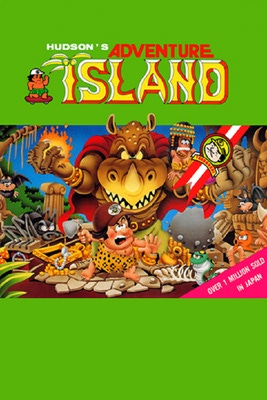

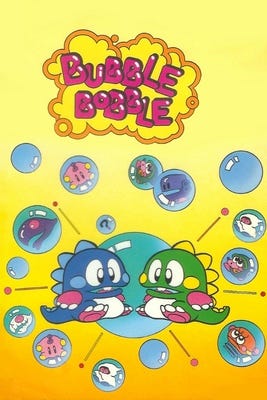
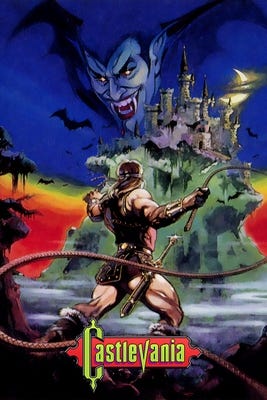
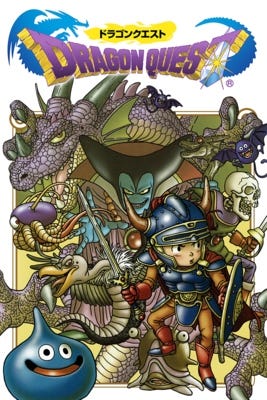
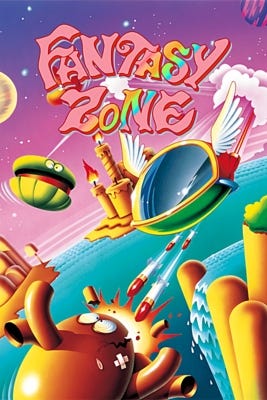
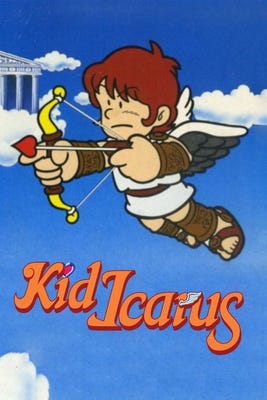
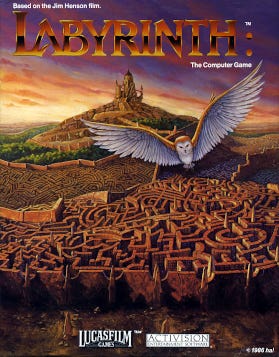
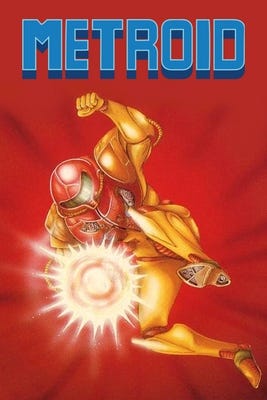
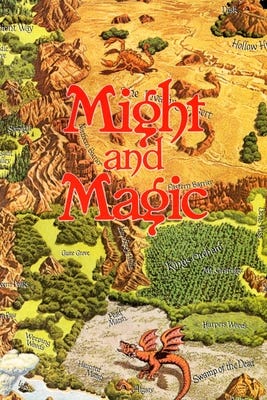


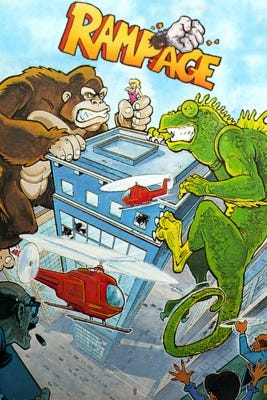
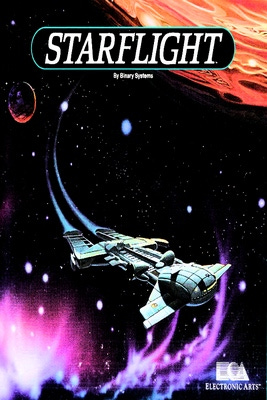

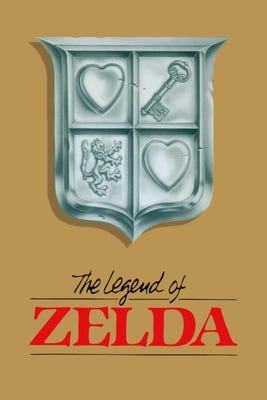


I’ve never heard of Mind Walker but it’s cool that such an artsy looking game existed back in 1986. Great list!
I love how vast the aesthetic range is in the cover art for these. I feel like I don't notice the contrast nearly as much until they're lined up here next to each other.